Spring Term 2
Maths
The grid below shows a pair of axes, dividing a grid into four parts, or quadrants.


The x axis is the horizontal axis. In this example the x axis is numbered from -3 to 3.
The y axis is the vertical axis. In this example the y axis is also numbered from -3 to 3.
The two axes intersect at right angles at the point we call the origin – or the place that we start from when we look to position a point with a given co-ordinate.
The letter P positions a point with co-ordinates (2, 3). This point is located in the first quadrant.
The letter Q positions a point with co-ordinates (3, 2). This point is also located in the first quadrant.

This week the children will be learning all about Angles.
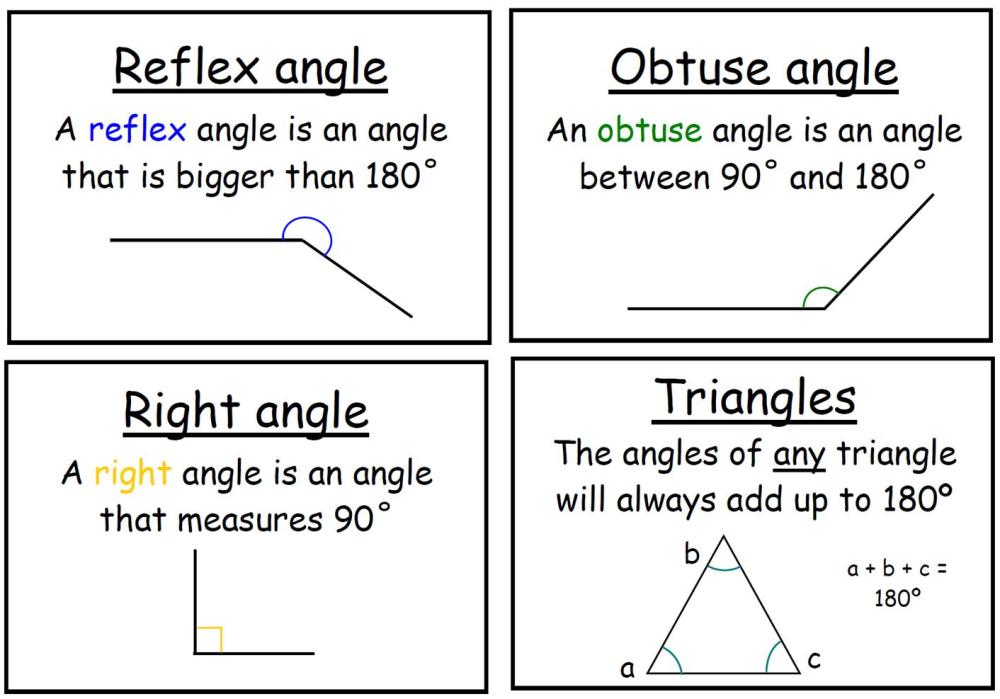
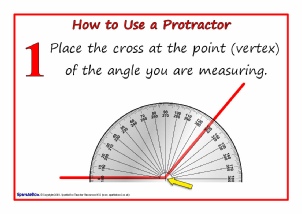
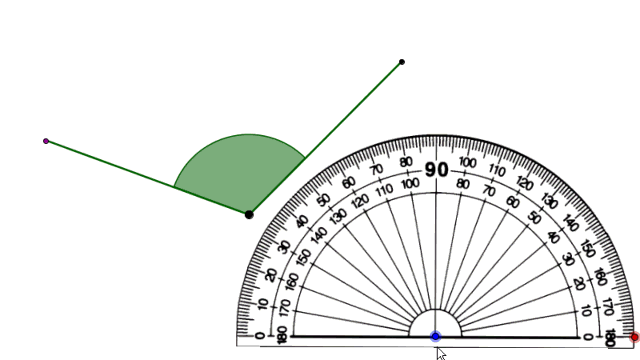
This week, the children will be learnong all about Fractions.


Converting fractions.

This week the children will be learning all about Polygons
Regular Polygons – Polygons that have equal sides and angles are regular polygons.

Irregular Polygons – Polygons with unequal sides and angles are irregular polygons.

English
This week the children will be looking at the story The Invention of Hugo Cabret.
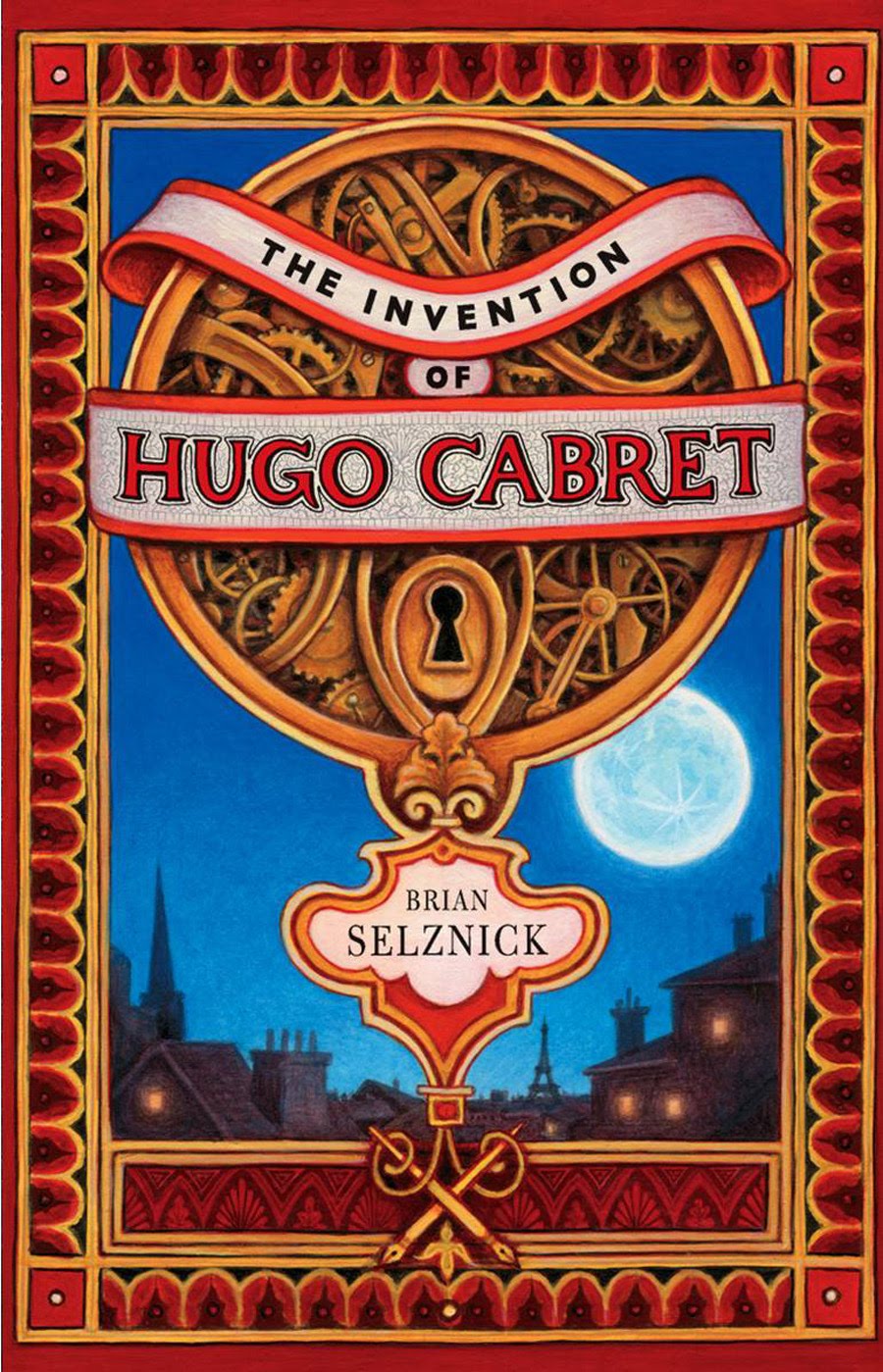
The children will be predicting what the story is about, use their inference skills to relate to the story and wonder by looking the the cover of the book.
Relative Clause
A relative clause starts with a relative pronoun (who, that, which, whose, where, when) and is often added to a sentence to define a noun
Please click on the picture below to understand Relative Clause.
Subordinating conjunction
Subordinate or subordinating conjunctions are a word or phrase that links a dependent clause to an independent clause.
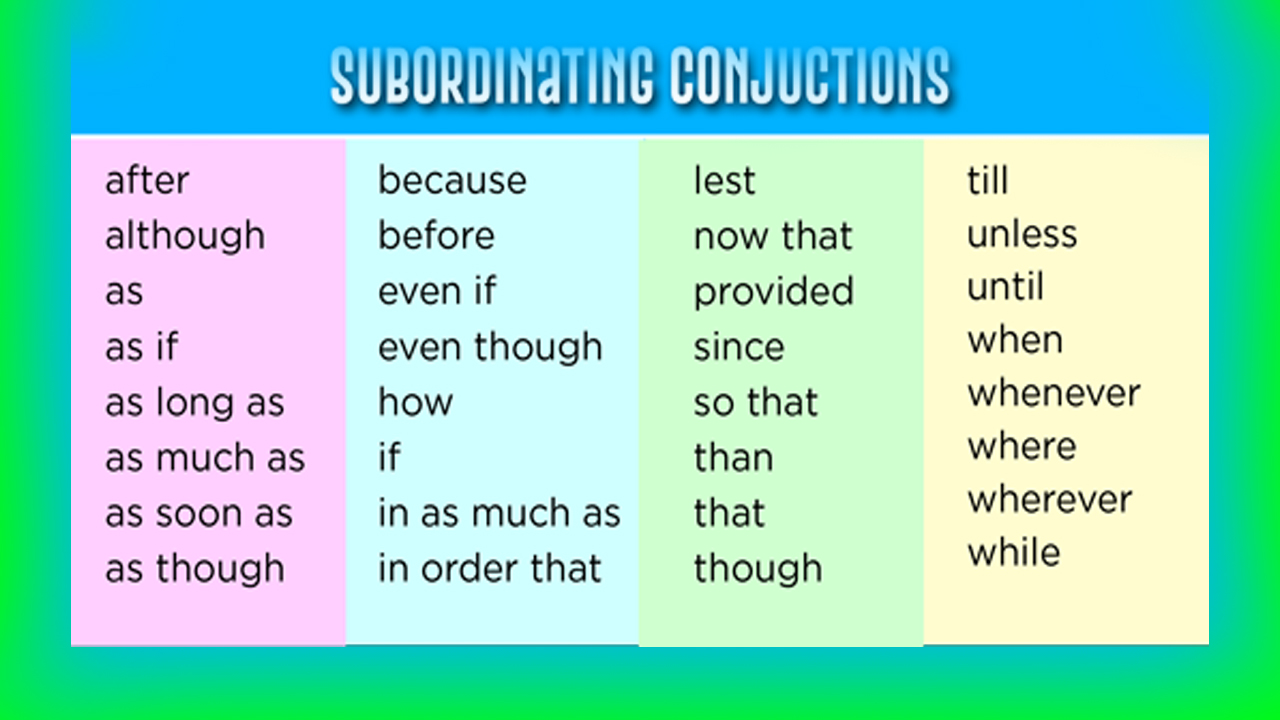

As we are unable to take part in inter-school competitions this year, we have decided to run the ‘Spelling Bee’ in school and compete in year groups. This competition is very popular with the children and I am delighted that your child(ren) will be able to take part again this year, especially as our last Reedley Spelling Bee was such a success.
Each year group will have a list of words to learn that are from the National Curriculum and linked to their year group. Children will have already practised many of these words in class and this will be a useful opportunity to ensure that they have remembered these spellings. Each class teacher will provide opportunities for the children to practise spelling these orally throughout the spring and summer terms.
A reminder – spellings will be only accepted if the children say the letter name when spelling and not the letter sound. If there is any confusion about this, please do come and speak with me.
The ‘Spelling Bee’ will run as follows:
Round One – Friday 22nd April
Spelling Bee competitions will take place in school. Children will have two minutes to spell as many words aloud as they can, correctly. A point will be awarded for each correct spelling. The five children who receive the highest point score from each year group will go through to the final.
Final – Friday 1st July 2022
The finalists will be given NEW WORD LISTS.
The winners from Round 1 will compete to be the ‘Reedley Spelling Bee’ champion. They will need to compete against each other to spell as many words as they can correctly in one minute. The final will be in the same format of a traditional Spelling Bee and spellings will need to be said aloud in front of their class.
We believe that this structure gives all children the opportunity to take part in a fun event whilst reinforcing important work on spelling. We really hope that our children practise hard to be the best that they can be.
|
Word |
Look |
Say |
Cover |
Write |
Check |
|
achieve |
|
|
|
|
|
|
category |
|
|
|
|
|
|
develop |
|
|
|
|
|
|
especially |
|
|
|
|
|
|
muscle |
|
|
|
|
|
|
variety |
|
|
|
|
|
|
occupy |
|
|
|
|
|
|
physical |
|
|
|
|
|
|
queue |
|
|
|
|
|
|
signature |
|
|
|
|
|
|
bruise |
|
|
|
|
|
|
determined |
|
|
|
|
|
|
aggressive |
|
|
|
|
|
|
government |
|
|
|
|
|
|
marvellous |
|
|
|
|
|
|
twelfth |
|
|
|
|
|
|
relevant |
|
|
|
|
|
|
exaggerate |
|
|
|
|
|
|
necessary |
|
|
|
|
|
|
sincerely |
|
|
|
|
|
|
familiar |
|
|
|
|
|
|
strength |
|
|
|
|
|
|
profession |
|
|
|
|
|
|
conscious |
|
|
|
|
|
|
appreciate |
|
|
|
|
|
|
recognise |
|
|
|
|
|
|
individual |
|
|
|
|
|
|
environment |
|
|
|
|
|
|
vegetable |
|
|
|
|
|
|
stomach |
|
|
|
|
|
Art
The children will be looking at David Edgar art work this term.

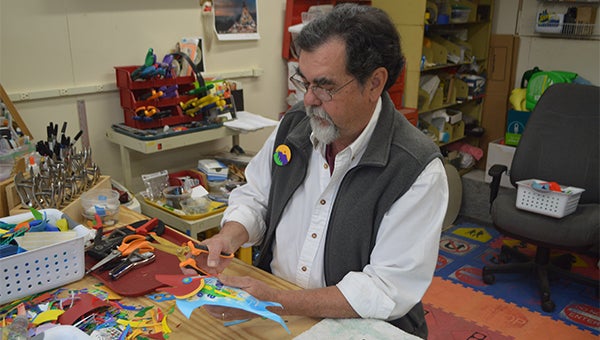
Local artist David Edgar creates artwork out of post-consumer recyclables he finds in recycling bins. Edgar says making this art “energizes his creative spirit.” Edgar received an award for Best Original Artwork at the recent Tryon Arts and Crafts School’s 2017 Artist of the Year Show. (Photo by Michael O’Hearn)
As you can see below, they are some pictures showing what the effect are having to animals. David has discovered by using your imaginations, you can create amazing object such as 2D animals, Holiday decorations such as snowflakes and Toys such as A Rock and Roll Racing Car.
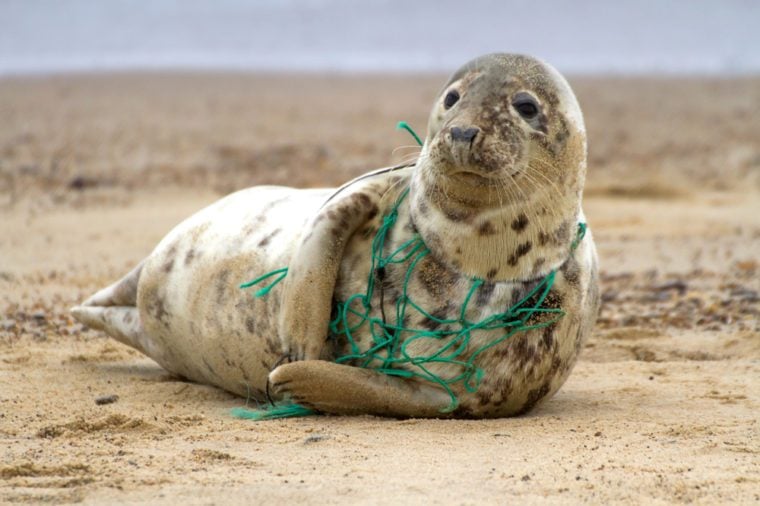
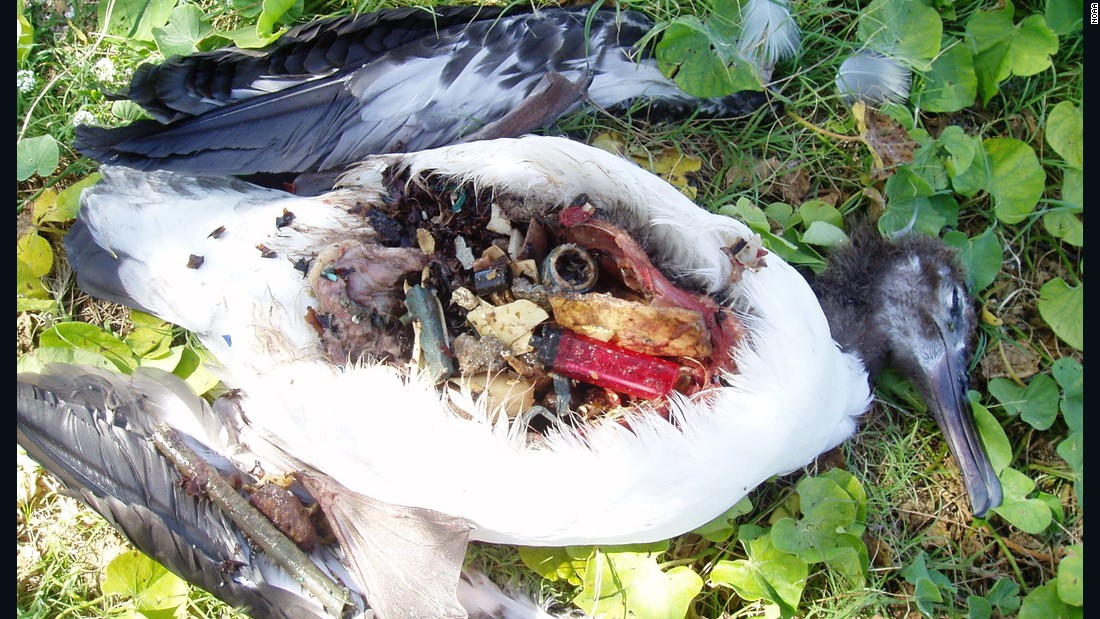
He has created some amazing art work.

![IMG_E4954[1].JPG](http://www.reedley.lancs.sch.uk/uploads/378/images/IMG_E4954[1].JPG)
Today we have been making our Special Ladies in our lives something special for sunday.
Happy Mother's Day From Everyone in 5HM
History
Spring 2
This term, the children have been learning all about Early Islamic Civilsation.
The children will be looking at the Islamic civilisation from CE 900 and work in groups to compare it to Western Europe using ancient and modern maps. They will do plenty of research the life of Prophet Muhammad ( PBUH), look at key events and explore reasons for the spread of Islam.
The Spread of Islam.
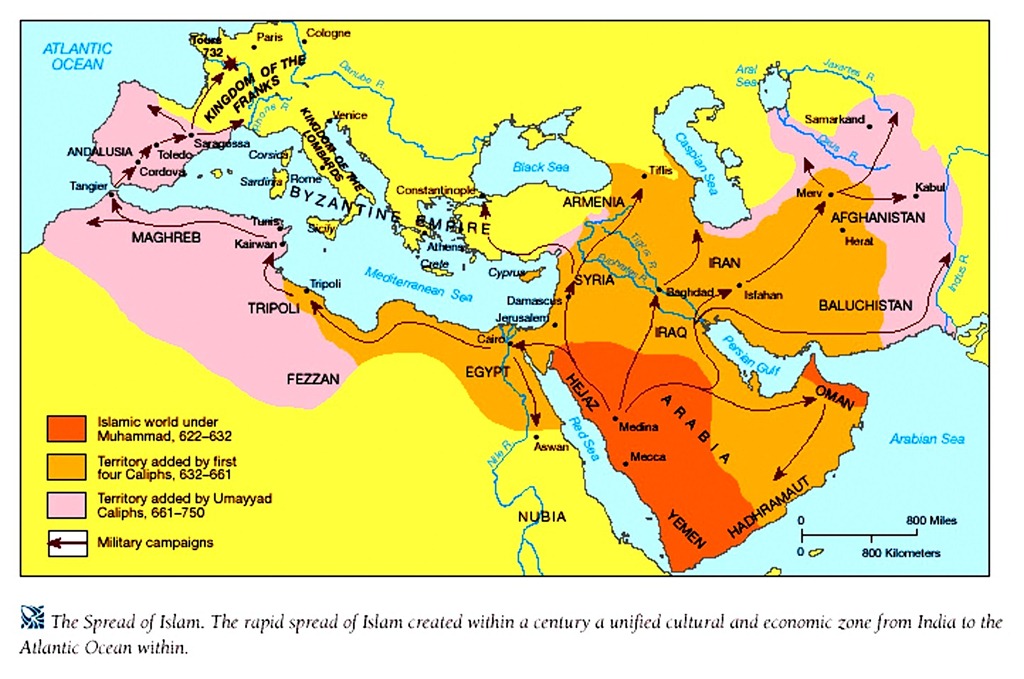
Today we have had a work shop session from Ultra Drama to help us learn about Early Islamic Civilisation. Take a look at the photos of some of the children participating in the role playlessons.



Science- Surviving on Mars
Our science lessons are all about the Solar system.
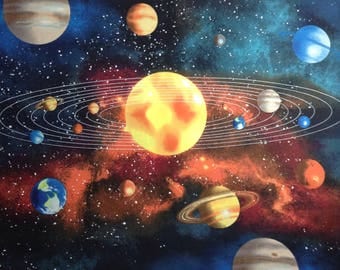
Click on the the pict below to finures below to find out more about our Solar System
We have been researching Neil Armstrong and Tim Peake's. Ask your child.......
Who were they?
What did they do?
What was their achievements?
How are they similar and different?
What is Mars like?
We have been making and designing animals that can live on Mars out of clay.
.![IMG_3846[1].JPG](/uploads/378/images/IMG_3846[1].JPG)
This term the children will be looking at Forces.
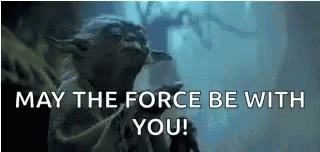
Vocabulary the children are learning:
|
Support |
Fall |
|
Air resistance |
Gravity |
|
Friction |
Earth |
|
Balancing force |
Newtons |
|
Weight |
Resistance force |
Click on the the pictures below to understand more about Forces.
Pushes and Pulls
Friction and Resistance
Gravity
We are weighing a meteorite, using 100g,200g,500g and 1kg weights to see which weight lifts the meteorite.
Today we been experimenting. We have found out which boat moved the fastest across the water.
 Reedley Primary School
Reedley Primary School![IMG_3702[1].JPG](/uploads/378/images/IMG_3702[1].JPG)
.JPG)


![IMG_3700[1].JPG](/uploads/378/images/IMG_3700[1].JPG)
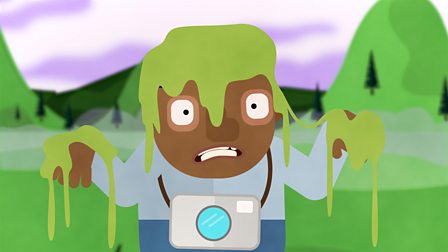
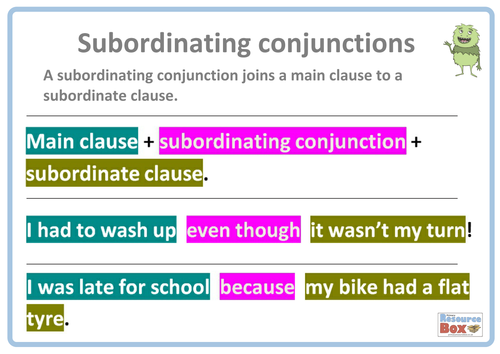



![IMG_3870[1].JPG](/uploads/378/images/IMG_3870[1].JPG)
![IMG_3874[1].JPG](/uploads/378/images/IMG_3874[1].JPG)
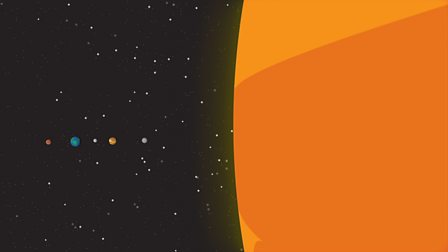
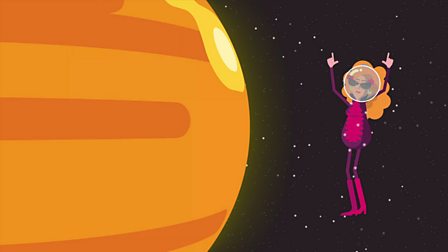
![IMG_3847[1].JPG](/uploads/378/images/IMG_3847[1].JPG)
![IMG_3844[1].JPG](/uploads/378/images/IMG_3844[1].JPG)

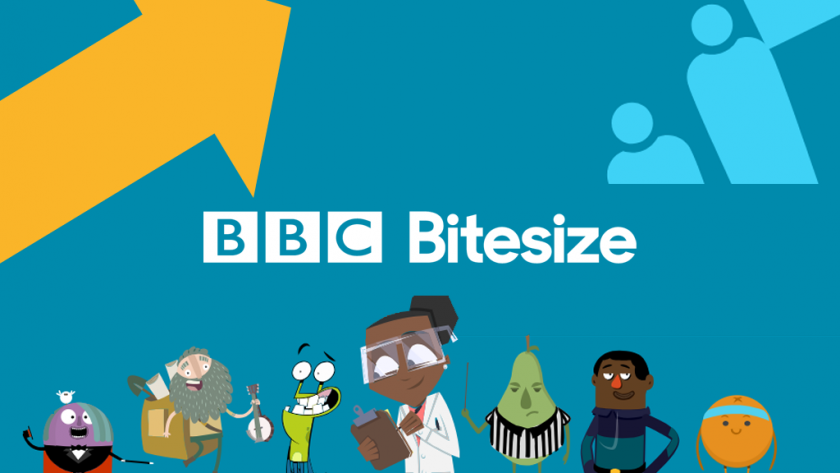
![IMG_3855[1].JPG](/uploads/378/images/IMG_3855[1].JPG)
![IMG_3854[1].JPG](/uploads/378/images/IMG_3854[1].JPG)
![IMG_3867[1].JPG](/uploads/378/images/IMG_3867[1].JPG)
![IMG_3866[1].JPG](/uploads/378/images/IMG_3866[1].JPG)